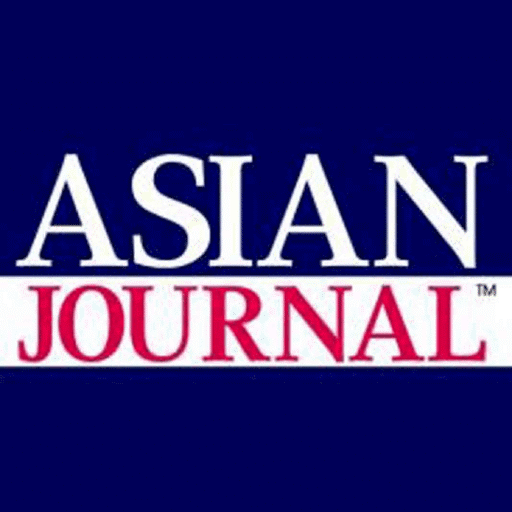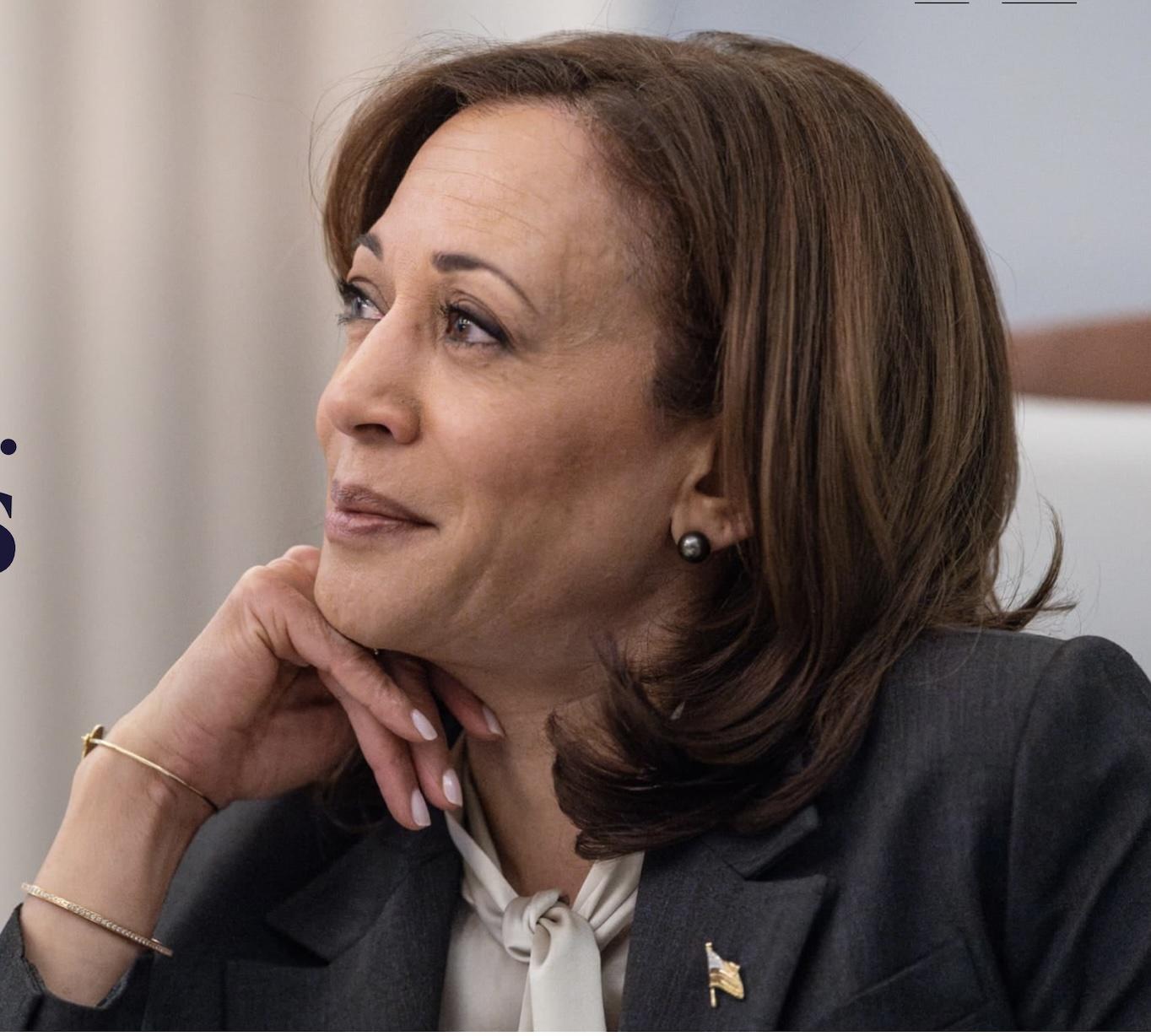Each spring, graduation ceremonies across the United States mark the culmination of years of academic effort. As diplomas are conferred and celebratory music fills the air, graduates step into an uncertain world—armed with credentials, yet burdened by debt, economic volatility, and rising living costs.
The Class of 2025 enters a labor market that, while stable on the surface, remains deeply complex. The national unemployment rate stood at 4.2% in April 2025—a figure that has held steady since May 2024—signaling broad market resilience.
Yet deeper indicators reveal a more fragile reality: 1.7 million individuals remain long-term unemployed, accounting for 23.5% of all unemployed persons, and the labor force participation rate remains at 62.6%. Entry-level wages are largely stagnant, while the cost of living continues to outpace income growth despite cooling inflation. .
Debt and Policy Shifts
According to the Education Data Initiative, the average federal student loan debt among all borrowers is $38,375, with recent bachelor’s degree recipients holding about $29,300. These numbers underscore the financial weight that many carry as they step into adulthood.
Recent legislative changes have reshaped how students and families finance higher education. One major bill passed in May 2025 introduced adjustments such as the elimination of Grad PLUS loans, restrictions on Parent PLUS loans, and a consolidated repayment structure known as the “Repayment Assistance Plan.”
Supporters say the reforms aim to simplify repayment and reduce long-term debt burdens. Critics, however, caution that reduced borrowing options could impact students from lower-income households.
Additional policy actions have redirected federal resources toward vocational training and trade schools. For example, $3 billion in grants were reallocated from traditional university funding to workforce development programs, citing a renewed emphasis on skills-based education.
Meanwhile, proposed restrictions on international student enrollment at certain institutions have prompted legal challenges, reflecting ongoing tensions over immigration, campus climate, and institutional accountability.
These developments underscore the increasing influence of political and cultural dynamics on higher education. Students must now consider not only academics and affordability, but also how policy trends—regardless of party—might affect their access to education, career opportunities, and future stability.
Underemployment and Labor Market Realities
The Federal Reserve Bank of New York reports that 41.2% of recent graduates are underemployed—working in roles that do not require a college degree. The assumption that higher education guarantees upward mobility is being tested.
Many young adults are patching together incomes through gig work, freelance projects, or multiple part-time jobs. Career paths have become less linear. Agility, not just ambition, is now essential.
Mental Health and Cultural Pressures
Rising rates of stress, anxiety, and depression among young adults are well-documented. These mental health concerns are exacerbated by financial strain and social media-fueled expectations. For children of immigrants—including many in the Filipino-American community—family pressures to succeed and contribute can compound these stresses.
And yet, this generation has shown resilience and purpose. They are more civically engaged than their predecessors, advocating for mental health, labor rights, and climate justice. They vote. They organize. They push for systemic change.
Balancing Hope With Hard Numbers
With the resumption of federal student loan collections on May 5, 2025—ending a five-year pandemic-era pause—graduates now re-enter a world still redefining the value and cost of higher education. But what has remained consistent is their demand for fairness: equitable wages, affordable housing, and a postsecondary system that does not jeopardize long-term financial health.
Graduation is more than a ceremonial milestone—it embodies the resilience to endure upheaval and the faith to move forward amid uncertainty.
This generation has done its part—studied, struggled, adapted, and endured. The power to shape what comes next isn’t solely in the hands of institutions. It belongs to those who grab the bull by the horns—through action, vision, and resolve.
The journey ahead must be defined not by dependency, but by purposeful action. Economic shocks, political shifts, and policy changes will continue. But the power to steer the future lies in ones hands.
This generation cannot afford to wait—they must lead. The sooner they realize they are not bound by circumstances—but able to rise above them—the sooner they can begin to chart their own course with clarity and confidence.






